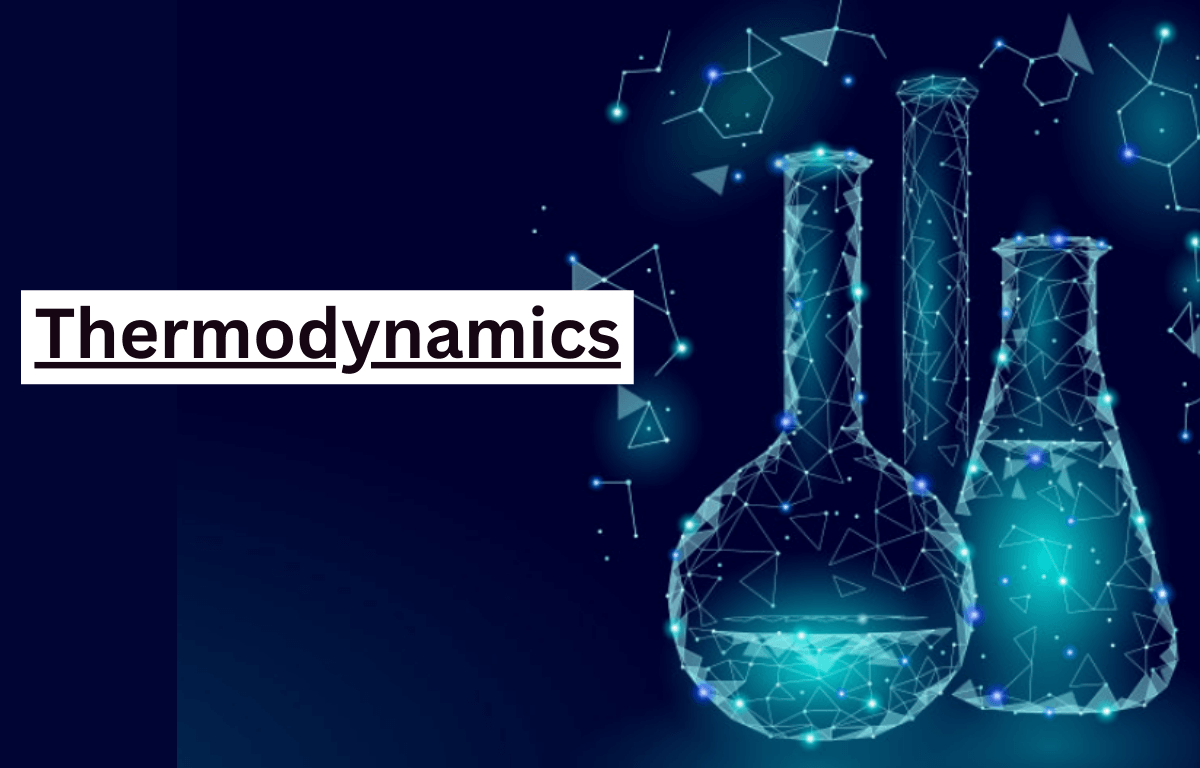Thermodynamics is the branch of physics that deals with the relationships between heat, work, and energy. It’s based on a few fundamental laws:
- The Zeroth Law: If two systems are in thermal equilibrium with a third system, they are in thermal equilibrium with each other. This law allows the concept of temperature to be defined.
- The First Law (Conservation of Energy): Energy cannot be created or destroyed, only transformed from one form to another. It relates the internal energy of a system to the heat added to the system and the work done by the system.
- The Second Law: Heat flows spontaneously from a hotter body to a colder one, and it’s impossible to construct a device that operates in a cycle and produces no effect other than the transfer of heat from a cooler body to a hotter one. This law introduces concepts like entropy, which quantifies the disorder or randomness of a system.
- The Third Law: As temperature approaches absolute zero, the entropy of a perfect crystal approaches a minimum value.
Thermodynamics is applied in various fields, including engineering, chemistry, biology, and meteorology, and it’s crucial for understanding processes like engines, refrigerators, phase transitions, and chemical reactions.

The applications of Information Technology (IT) are incredibly diverse and span across virtually every aspect of modern life. Here are some of the key areas where IT has made significant contributions:
- Communication: IT has revolutionized communication through email, instant messaging, social media platforms, and video conferencing tools. These technologies facilitate real-time interaction and collaboration among individuals and organizations worldwide.
- Information Management: IT systems enable the storage, retrieval, and manipulation of vast amounts of data. Database management systems (DBMS), data analytics tools, and content management systems (CMS) are examples of IT solutions used for organizing and analyzing information efficiently.
- Business Operations: IT plays a critical role in streamlining business processes and improving efficiency. Enterprise resource planning (ERP) systems integrate various functions within an organization, such as finance, human resources, and supply chain management, into a centralized platform. Customer relationship management (CRM) software helps businesses manage interactions with customers and clients.
- Education: IT has transformed the way education is delivered and accessed. Online learning platforms, educational software applications, and virtual classrooms provide opportunities for remote learning and personalized instruction. IT also facilitates administrative tasks within educational institutions, such as student record management and grading systems.
- Healthcare: IT solutions have enhanced patient care, medical research, and healthcare administration. Electronic health records (EHR) systems allow healthcare providers to access and share patient information securely. Telemedicine platforms enable remote consultations and monitoring of patients, especially in rural or underserved areas. IT also contributes to medical imaging, genomic analysis, and drug discovery.
- Finance: IT has revolutionized the financial industry, with electronic trading systems, online banking, and digital payment solutions becoming commonplace. Financial institutions rely on IT infrastructure for processing transactions, managing risk, and complying with regulatory requirements. Fintech innovations, such as blockchain technology and robo-advisors, continue to reshape the financial landscape.
- Entertainment and Media: IT has transformed the creation, distribution, and consumption of entertainment content. Streaming services deliver movies, music, and TV shows directly to consumers over the internet. Video games leverage advanced graphics, artificial intelligence, and online multiplayer capabilities. Social media platforms and digital publishing tools empower individuals to create and share content with global audiences.
- Transportation and Logistics: IT systems play a crucial role in managing transportation networks, optimizing routes, and tracking shipments in real-time. GPS navigation systems provide accurate directions for drivers, while ride-sharing apps offer convenient transportation options. Supply chain management software helps companies coordinate the movement of goods from production facilities to distribution centers to end customers.
- Security and Privacy: With the proliferation of digital data and online transactions, cybersecurity has become a paramount concern. IT security measures, such as firewalls, encryption, and multi-factor authentication, help protect against unauthorized access, data breaches, and cyber attacks. Privacy regulations, such as the General Data Protection Regulation (GDPR) and the Health Insurance Portability and Accountability Act (HIPAA), govern the collection and use of personal information.


